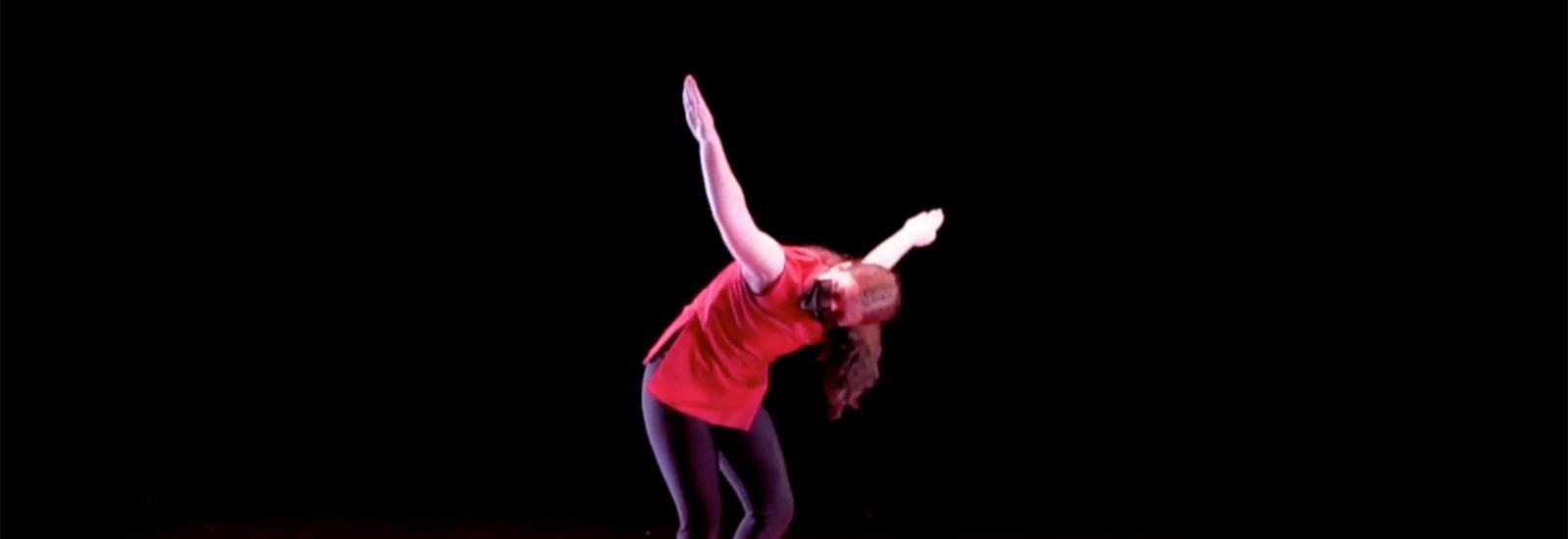FREEDOM PRACTICE(S)
How might our work together pave a road to FREEDOM?
Freedom Practice(s) is a compositional experiment for dance and music designed during Spring Semester 2021. Through this gathering of artists we explored the process of creating collaboratively in unforeseen times of distance within the human condition. Created in the midst of the COVID-19 pandemic, this work asks, how do we think about freedom when we are physically and metaphorically confined? In our roles as choreographers, composers, and performers we process the ongoing pandemics within global health and social justice. The outcome of our work is a collection of video dances, scores, and conversations that live in a digital interactive archive. It is urgent work that asks — How might our work together pave a road to Freedom?
COLLABORATORS
Ashton Wise, Bailey Richards, Caroline Steirer, Cooper Wood*, David Cabrera, MM*, Fanning*, Forrest Hershey, Grace Koenig, Hannah Fenstermacher, Kate Fishman, Kelsey Plath, Leah Wanderer, Marisa Cook, Nicholas Jackson, PhD*, Taylor Dodd
*Denotes Composer
Director/Choreographer: Crystal Michelle Perkins, Assistant Professor
Music: Fanning, David Cabrera, MM, Cooper Wood, Nicholas Jackson, PhD
Videography: Kathryn Nusa Logan
Costumes: Lyndsay Simon
Lighting and Production: Jonathon Hunter
MORE ABOUT FREEDOM PRACTICE(S)
Led by Crystal Michelle Perkins, Assistant Professor and Choreographer, students from the Department of Dance and the School of Music collaborated to create a unique weekly investigation that sat at the intersection of art making and socio-political discovery. In our work we created scores for survival, embodiments of freedom, responses to confined spaces, and imaginings focused from (un)tethering ourselves from a politicized body. We created these ideas asynchronously and synchronously, and only through the Zoom platform. This experiment in social distancing and connectivity hoped to usher our community towards the possibility of new and hybrid identities. In these endeavors we continued to make room for cultural bodies in sound and motion as we explored difference and similarity towards new becoming(s.)
As a collaboration, we used our scores for survival and conversations around global urgencies, such as the ongoing pandemics to drive our creative practices. The archive of our work contains scores for survival, sound recordings, original music compositions and recorded dance experiments that live within the Freedom Practice(s) archive.
All images show Freedom Practice(s) collaborators, practicing asynchronously.
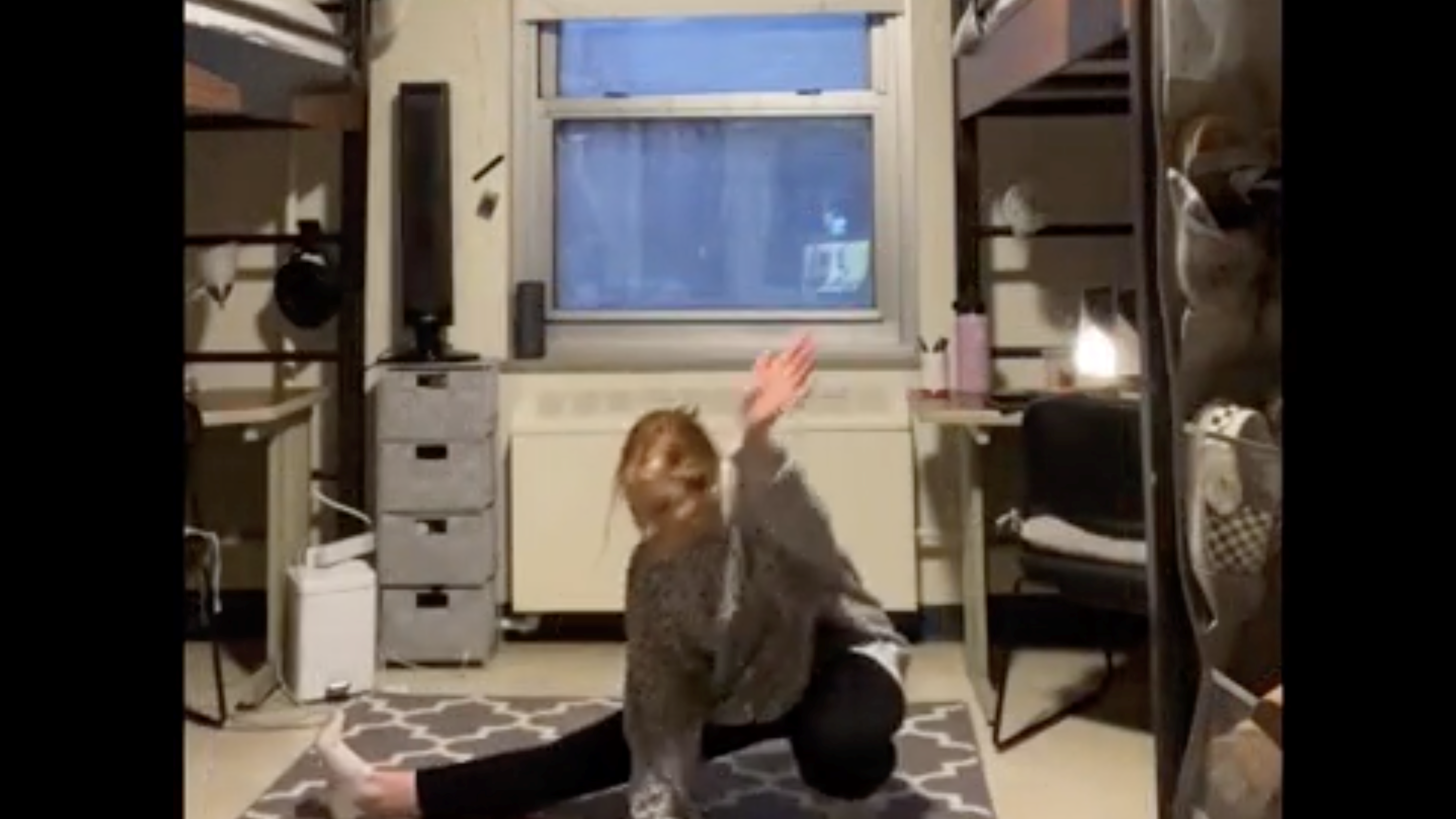
A SCORE FOR FREEDOM
*Movement score created in response to weekly dialogues with collaborators.
Joining Hands
Shifting weight
Consume your space
Taking moments for yourself
Reflect-equality
Locate Balance
Emptying out
Find space
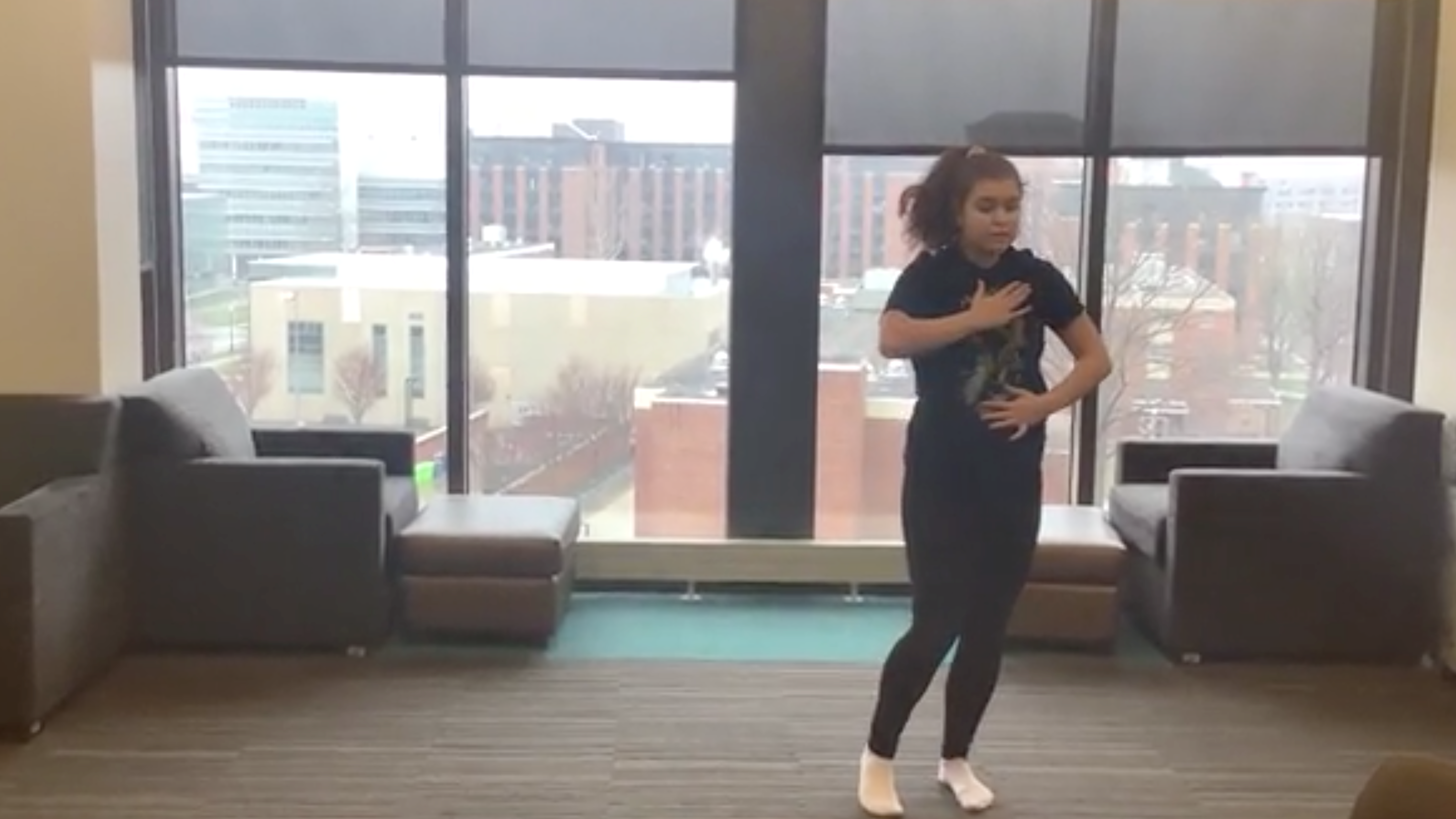
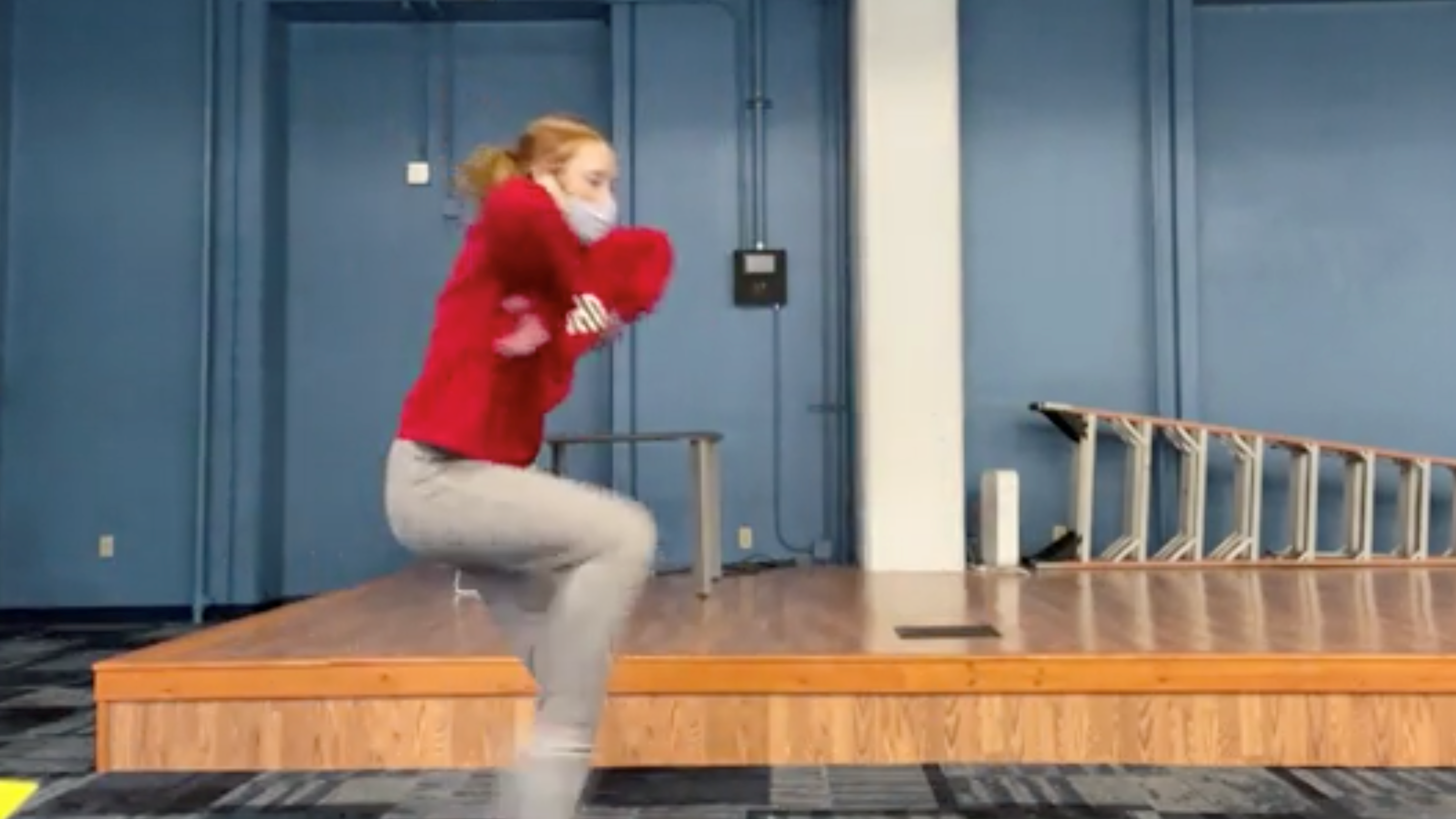
COMPOSITIONAL EXPERIMENTS
Videos of music and dance compositional experiments were captured during exam week of the spring semester. Collaborators used movement scores, improvisational response, and choreographed phrase work to create short dance films that intersect with music compositions created during our asynchronous practice. At the core of our work was freedom to move, to be, to exist.
Freedom Practice(s) - Nick Jackson Movement 2 from C F on Vimeo.
Reflect-Equality
Freedom Practice(s) - Fanning Movement 3 from C F on Vimeo.
Emptying Out
Freedom Practice(s) - Cooper Wood Movement 3 from C F on Vimeo.
Find space
VOICE ETCHINGS
Each week collaborators met to discuss the ideas and practices of freedom as artists living through pandemics of justice and health. Community dialogues asked collaborators to consider the ways in which communities and individuals locate freedom. Weekly themes for art-making and discussion included: Sourcing Freedom, Recipes/Strategies for Freedom, and The Politics of Shifting. Freedom Practice Voice Etchings capture collaborator definitions of freedom in response to their lived experiences.
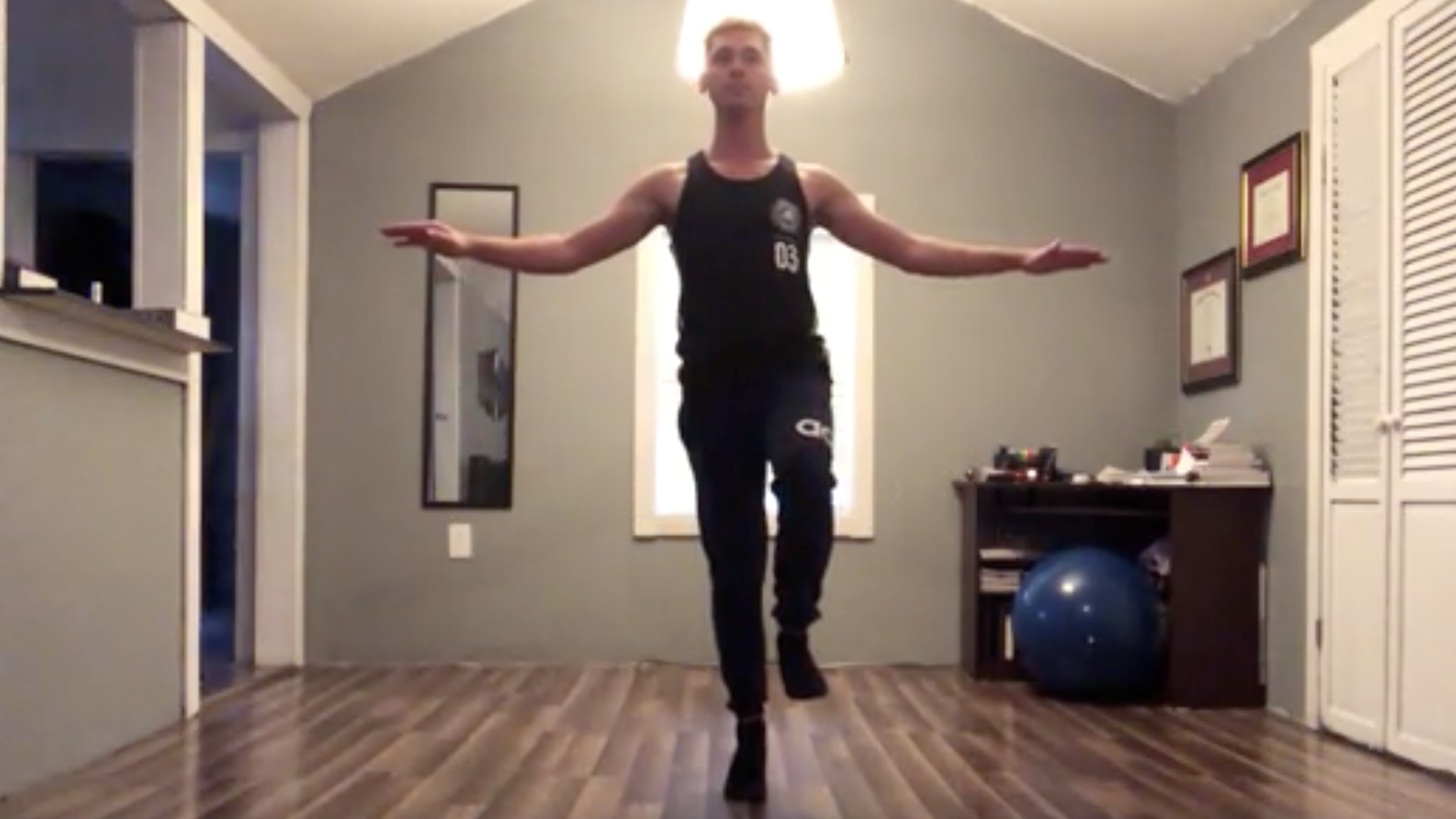
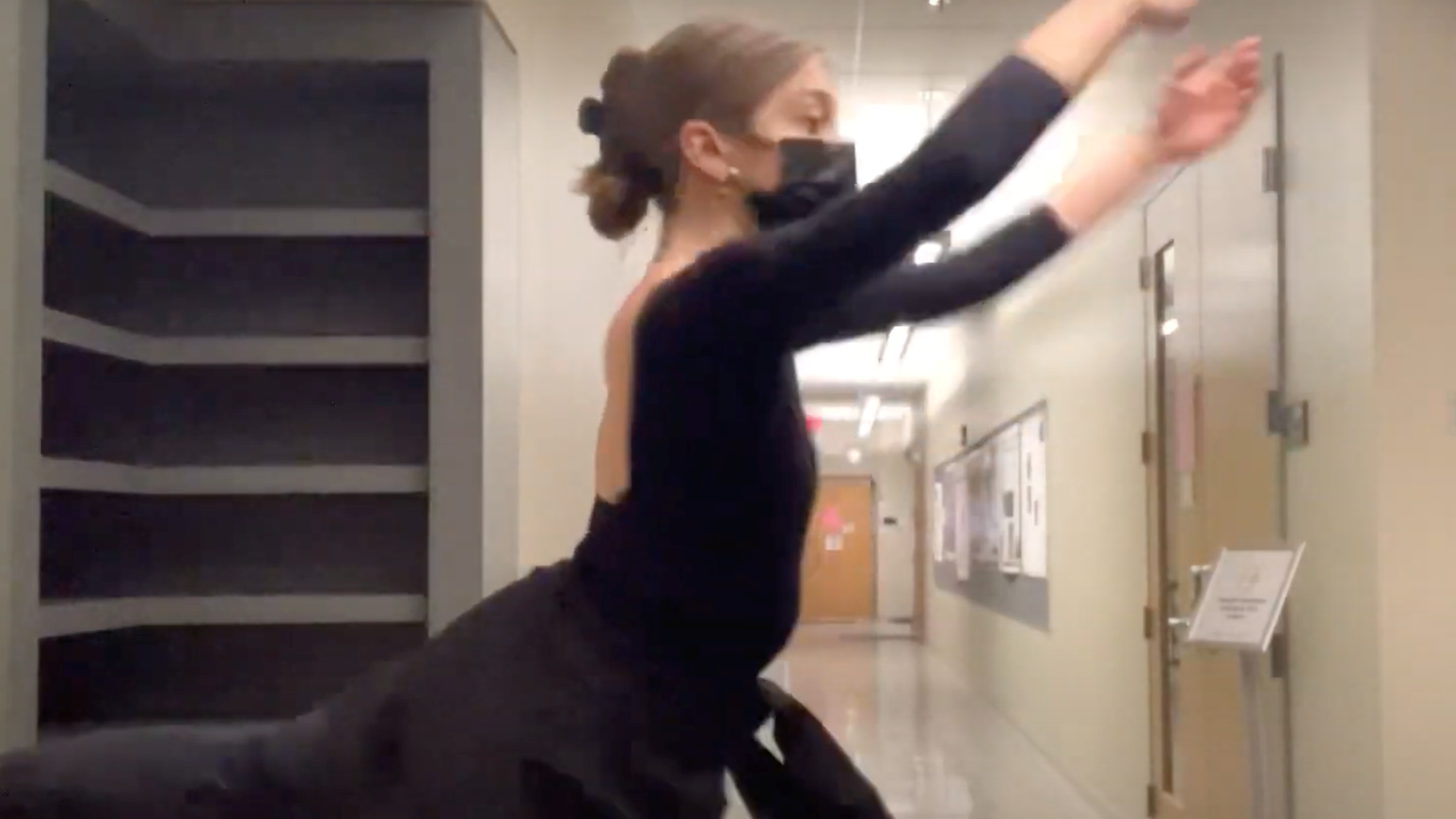
SOUND SCORES FOR FREEDOM
Synchronous sessions allowed for small group experiments where dancers and musicians exchanged movement and music to create mini choreographed responses to our weekly dialogues. Identity and freedom were central themes in their work as they exchanged music and dance via zoom rooms and digital breakout spaces. Composers were asked to reflect the depth of those conversations in their work. Listen to our Sound Scores for Freedom Playlist here:
OFFSHOOTS AND BRANCHES
Collaborators navigated a number of challenges while seeking the answers to difficult global questions. Students who couldn’t participate in our practice in person engaged through online platforms and shared the foundations of our work with their local communities.
Video description: Forrest Hershey worked asynchronously and in collaboration with a local art gallery to capture his interpretation of movement scores that spoke to our practice.
FIELD NOTES AND NEW ITERATIONS
Freedom Practice (Wexner Center) from C F on Vimeo.
Each week collaborators respond creatively to prompts and offer a few field notes and written reflections on their definitions of freedom and what it means to acquire it and create it. As a meditation, we depart with these notes as communal meditations for the years to come.
“I feel that many things can inspire a community to be free but something that pops out to me of those “many things” is welcoming inclusivity.”
“I think that it’s much less a matter of correcting a communal course, but correcting a human course. “
“In terms of freedom, people gain strength from one another, taking a specific event that occurs and using that to spark a communal change.”
“...securing freedom must be the principal concern...”
“The want and desire for something greater, something freer can ignite a community to be motivated towards freedom.”
“It’s the feeling of being able to walk our own path to decide and fashion our own identity. When we talk about a collective feeling of freedom, I think that is probably wanting to reach that identity as a community, being able to be recognized for our own achievements as a society...So freedom comes in the way of being able to reach that identity and to being able to practice it our own terms.” -David Cabrera
Freedom Practice(s) vision board shows behind-the-scenes dancers in rehearsal and in their private spaces.

